5 Small Unmanned Products to Watch This Year
August 17, 2021
From command-and-control software to high tech that flies in small packages, Lockheed Martin has your small unmanned system needs covered.
For decades, our team has been delivering advanced autonomous and unmanned systems to the U.S. military and allies to meet their most demanding missions. Through strategic investments and nontraditional partnerships, we’re combining commercial best practices with our technological expertise to bring cutting-edge autonomous capabilities to the defense industry rapidly and affordably.
Here are five products that are pushing the boundaries of the possible when it comes to unmanned technology.
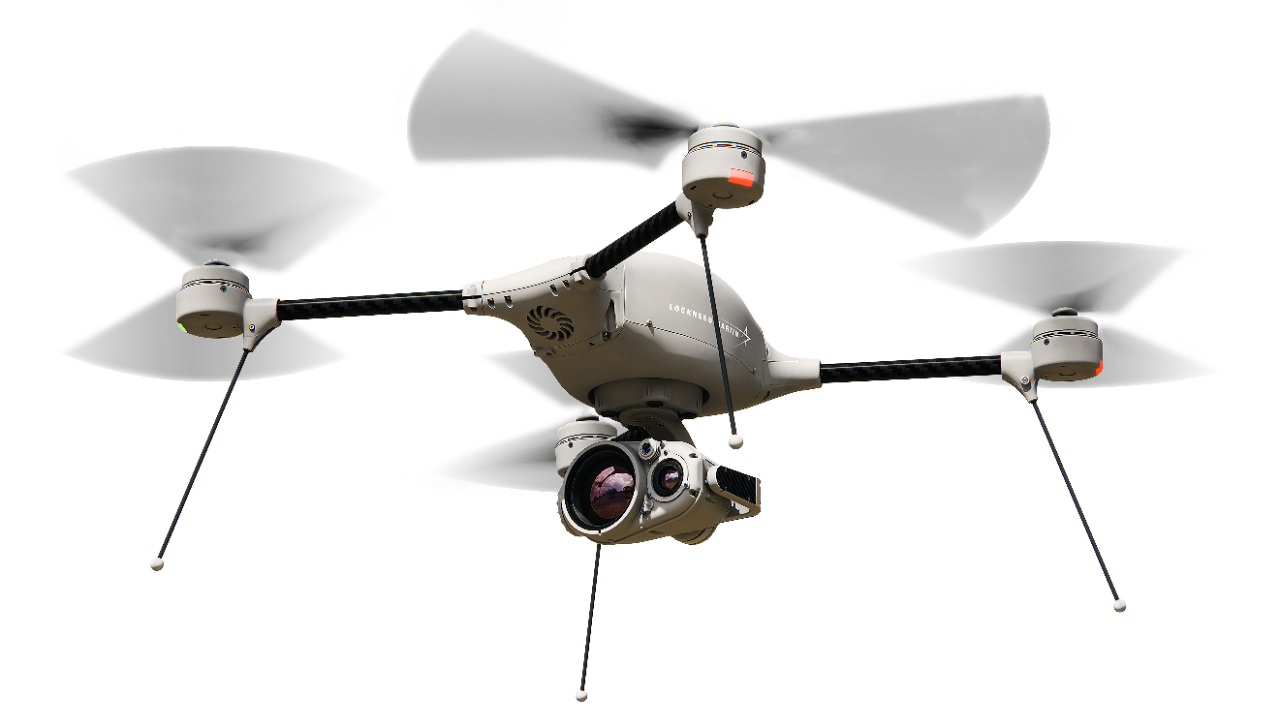
Indago 4
Indago provides aerial reconnaissance in environments unreachable by normal fixed-wing, unmanned aircraft systems. Lockheed Martin will launch its next generation, the Indago 4, in the fourth quarter of 2021. Indago 4 is designed based on direct operator feedback from around the globe. The Indago line has thousands of operational hours in challenging environments ranging from the Southwestern United States and the Middle Eastern deserts, to the high Swiss Alps and beyond. Modular and small enough to be carried by hand, Indago 4 will have more capacity to carry more and flies for longer while maintaining Indago’s signature quiet, tactical footprint, and robust optics. It will use the latest technology in radios, common control software, payloads, and edge computing to ensure seamless integration into today’s connected battlespace, while adding ease of use for operators.
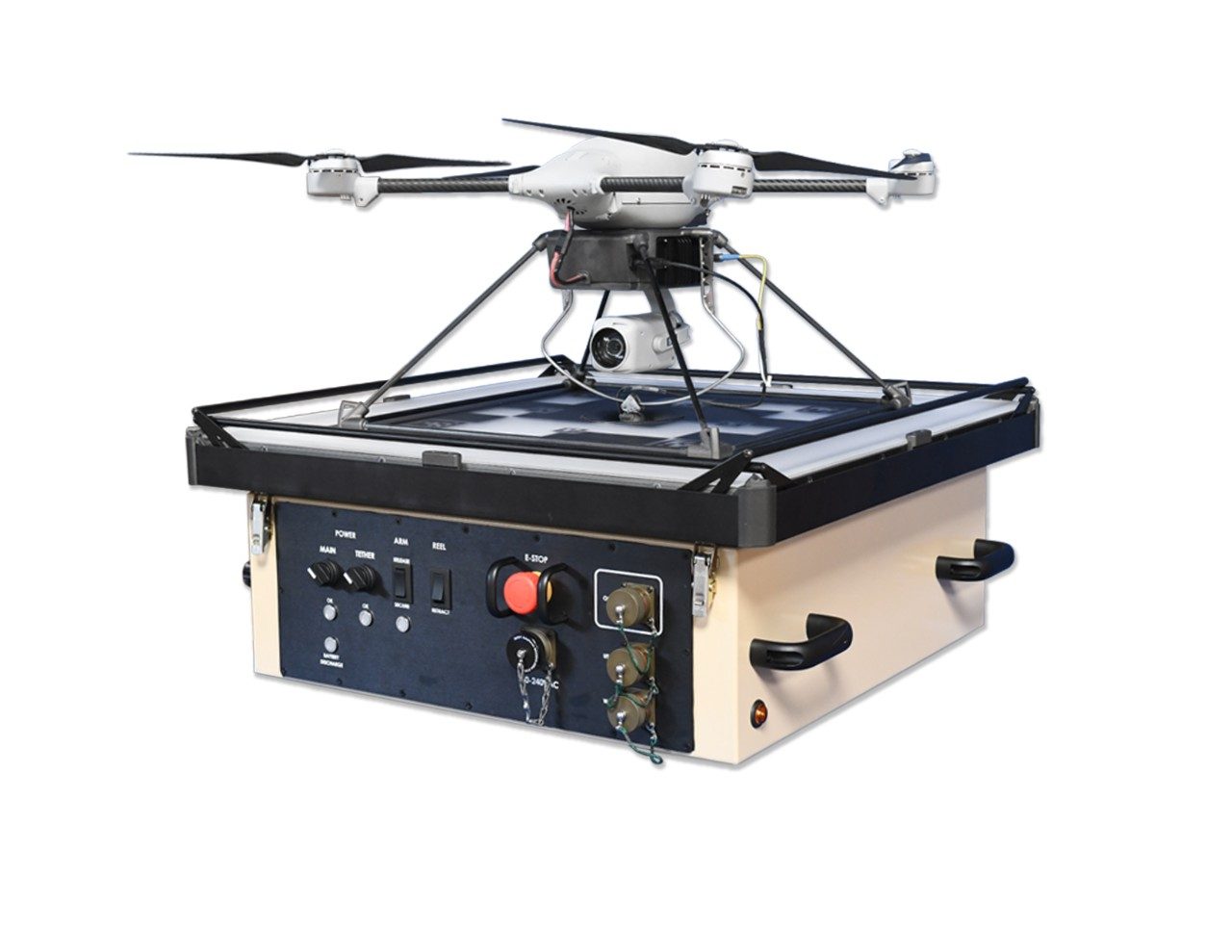
Indago 3 Tethered Mobile
Take your high endurance, small eye in the sky on the move with Indago 3 Tethered Mobile (Indago 3TM). In partnership with Planck Aerosystems Inc, Indago 3TM enables mobile deployment of tethered Indago on a broad range & size of ground vehicles in off-road terrain while providing long-endurance surveillance and communications relays amongst other critical missions. It provides radio frequency passive capability and does not depend on GPS. This system is undergoing field testing and will be available in November 2021.
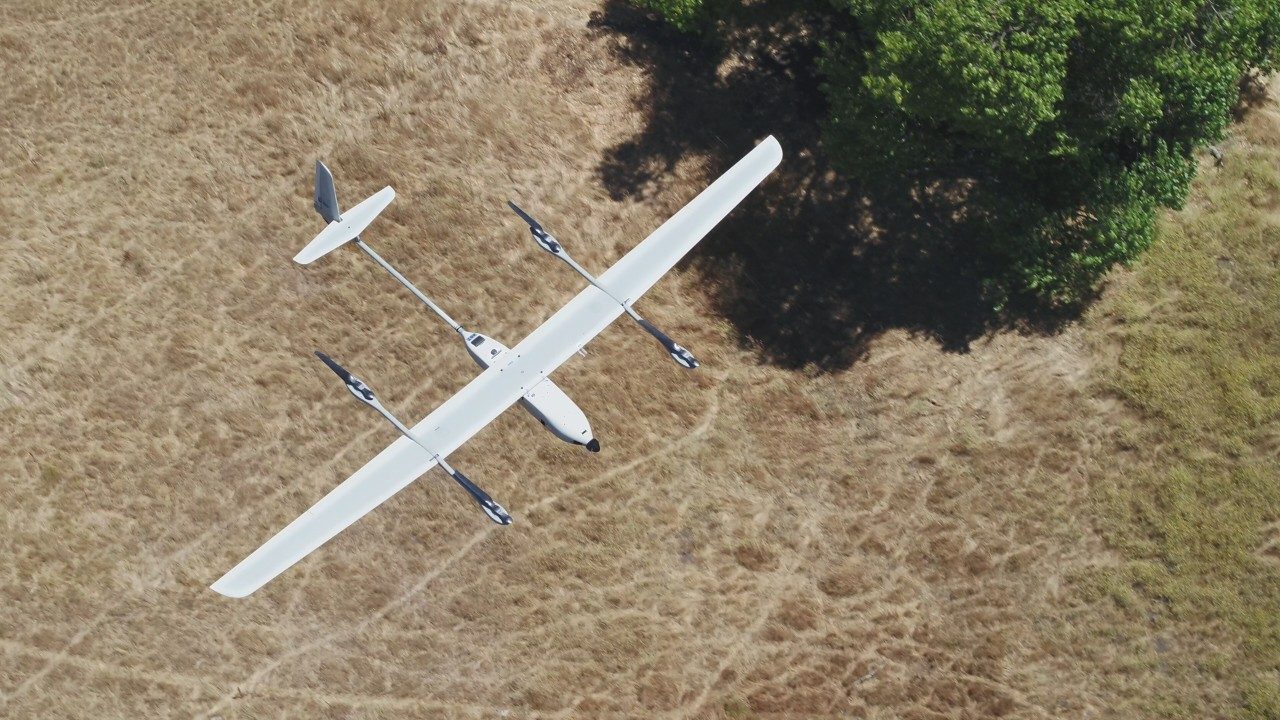
Stalker VXE30
Stalker VXE30 is a vertical take-off and landing (VTOL) small unmanned aerial system that builds off the success of the operationally proven Stalker extended endurance (XE). It combines the flexibility of a portable system with the endurance and payload performance of a larger, more costly vehicle. It even allows for a wider range of launch and landing with precise touchdown accuracy. Stalker VXE30 is built to address the practicalities of diverse mission types with extended service life and more payload weight and configuration options without sacrificing endurance or compatibility.
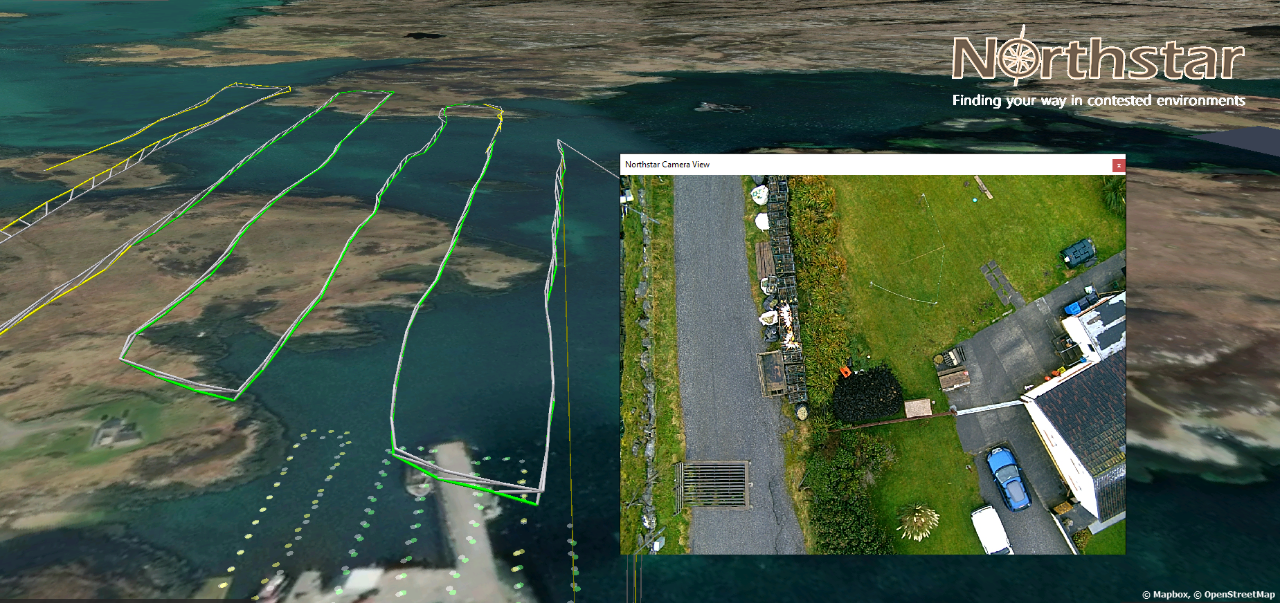
Northstar
On the software side, Lockheed Martin CDL Systems developed Northstar – a vision-based navigation solution for unmanned aircraft operating in GPS-degraded/denied environments. Its low size, weight and power requirements mean Northstar can be used by all sizes of unmanned aircraft. With no dependency on imagery or terrain reference databases, Northstar keeps you on mission in uncharted territory. This capability is slated for launch later this year.
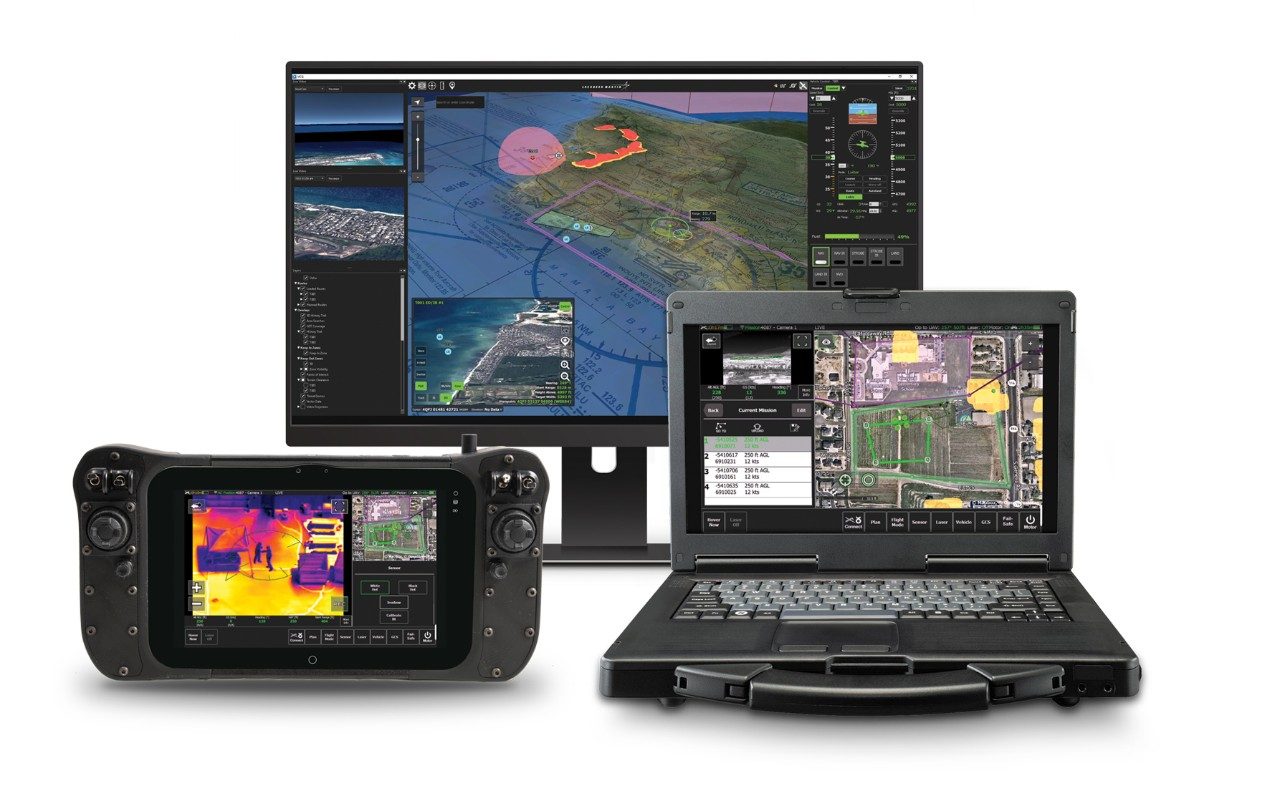
VCSi Touch
Vehicle Control Station international (VCSi) provides mission planning, command and control and mission management for unmanned vehicles. Now, VCSi Touch give you a command and control software option that’s optimized for small devices. This means you can go anywhere at any time and operate small unmanned vehicle operations with a high level of precision. VCSi provides flexible options for unmanned aerial systems, radios, and controller hardware. Its NATO interoperability includes STANAG 4586 and 4609. The software development kit ensures the adoption of external content and best in breed technology insertions.




